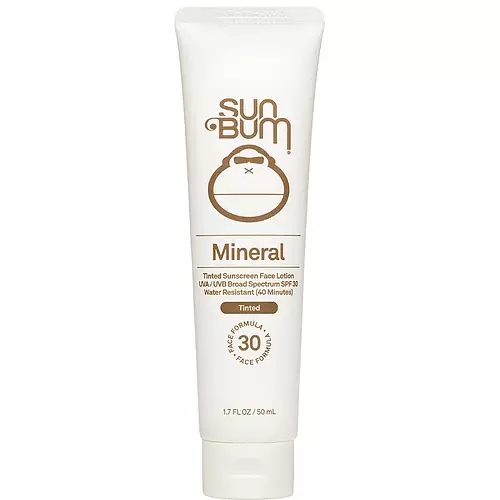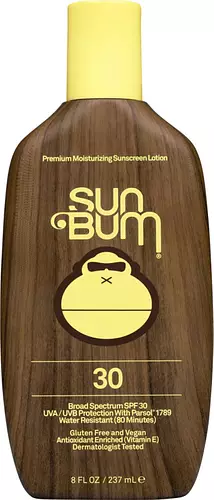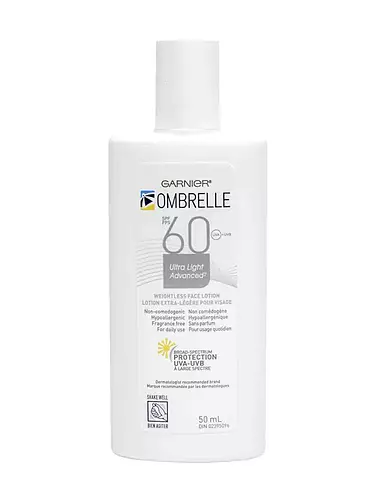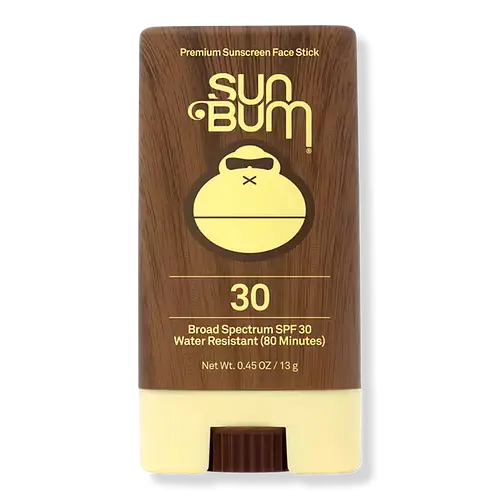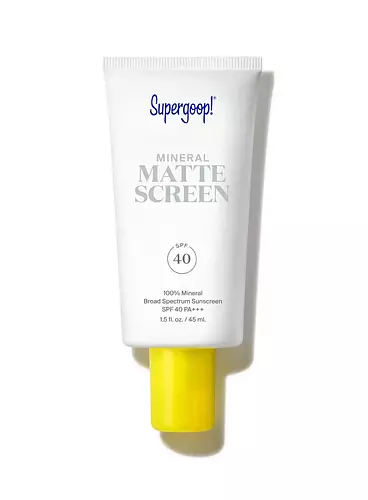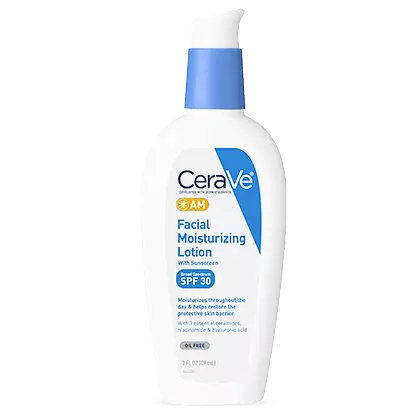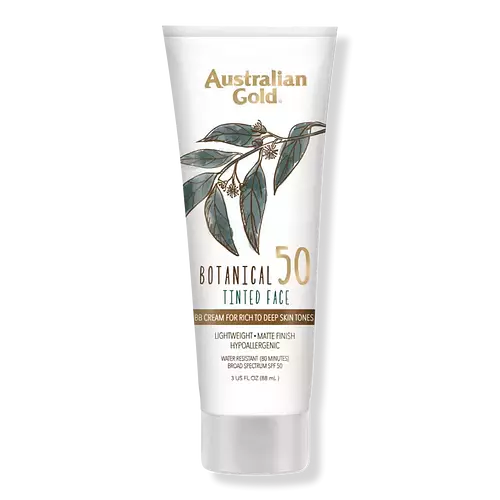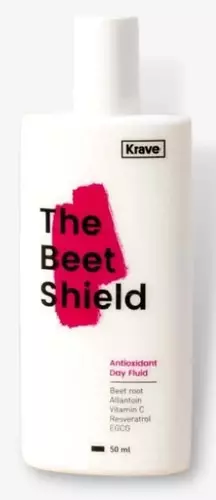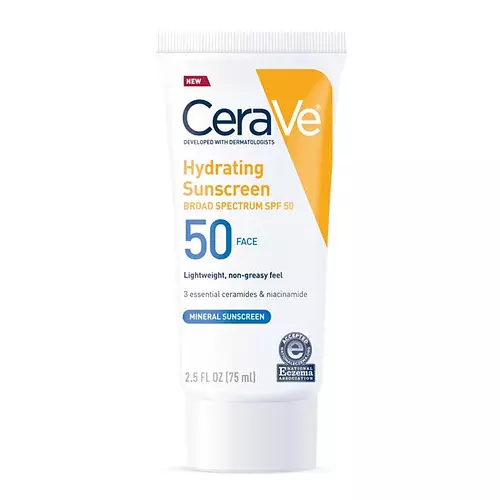Sun Bum Mineral Sunscreen Face Tint SPF 30 Versus Sun Bum Moisturizing Sunscreen Lotion SPF 30
Updated on June 01, 2024
Overview
What they are
These products are both vegan and cruelty-free sunscreens. They have a total of 0 ingredients in common
Cool Features
They both contain exfoliants, SPF and Vitamin E
Suited For
They're both likely to be good for brightening skin
Free From
They both do not contain any harsh alcohols, common allergens, oils, parabens or sulfates
What's Inside
They both contain silicones
We independently verify ingredients, and our claims are backed by peer-reviewed research. Spot a product that needs an update? Let us know.
Ingredient Info
Sun Bum Mineral Sunscreen Face Tint SPF 30 21 ingredients
Sun Bum Moisturizing Sunscreen Lotion SPF 30 26 ingredients
At a glance
Click on any of the items below to learn more
Sun Bum Mineral Sunscreen Face Tint SPF 30 21 ingredients
Sun Bum Moisturizing Sunscreen Lotion SPF 30 26 ingredients
Notable Ingredients
This product contains 2 ingredients that may have this attribute:
This product contains 1 ingredient that may have this attribute:
This product contains 1 ingredient that may have this attribute:
Benefits
This product contains 1 ingredient that may have this attribute:
This product contains 1 ingredient that may have this attribute:
This product contains 1 ingredient that may have this attribute:
This product contains 1 ingredient that may have this attribute:
This product contains 1 ingredient that may have this attribute:
Concerns
This product contains 2 ingredients that may have this attribute:
This product contains 1 ingredient that may have this attribute:
This product contains 1 ingredient that may have this attribute:
This product contains 1 ingredient that may have this attribute:
Notable Ingredients
This product contains 4 ingredients that may have this attribute:
This product contains 1 ingredient that may have this attribute:
This product contains 1 ingredient that may have this attribute:
Benefits
This product contains 1 ingredient that may have this attribute:
Concerns
This product contains 1 ingredient that may have this attribute:
This product contains 1 ingredient that may have this attribute:
This product contains 3 ingredients that may have this attribute:
This product contains 2 ingredients that may have this attribute:
Ingredients Side-by-side
Ingredient Ratings
Here's what our community thinks of the ingredients in these products.
